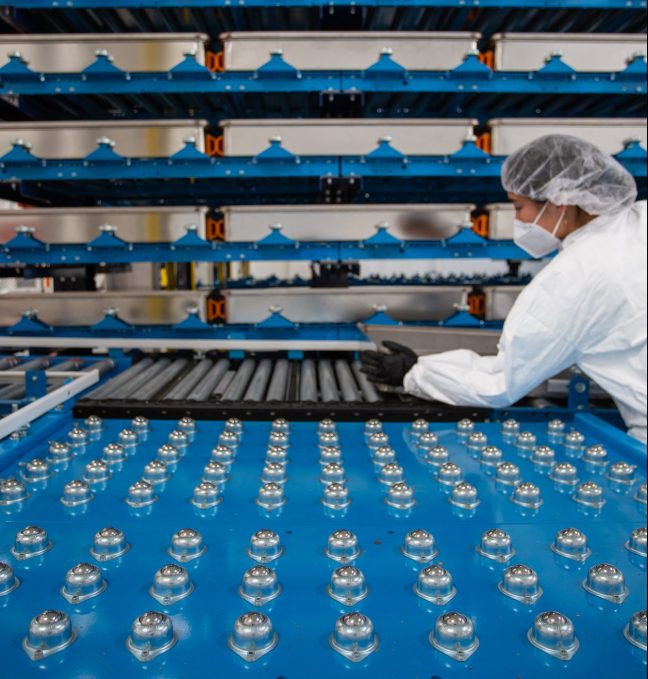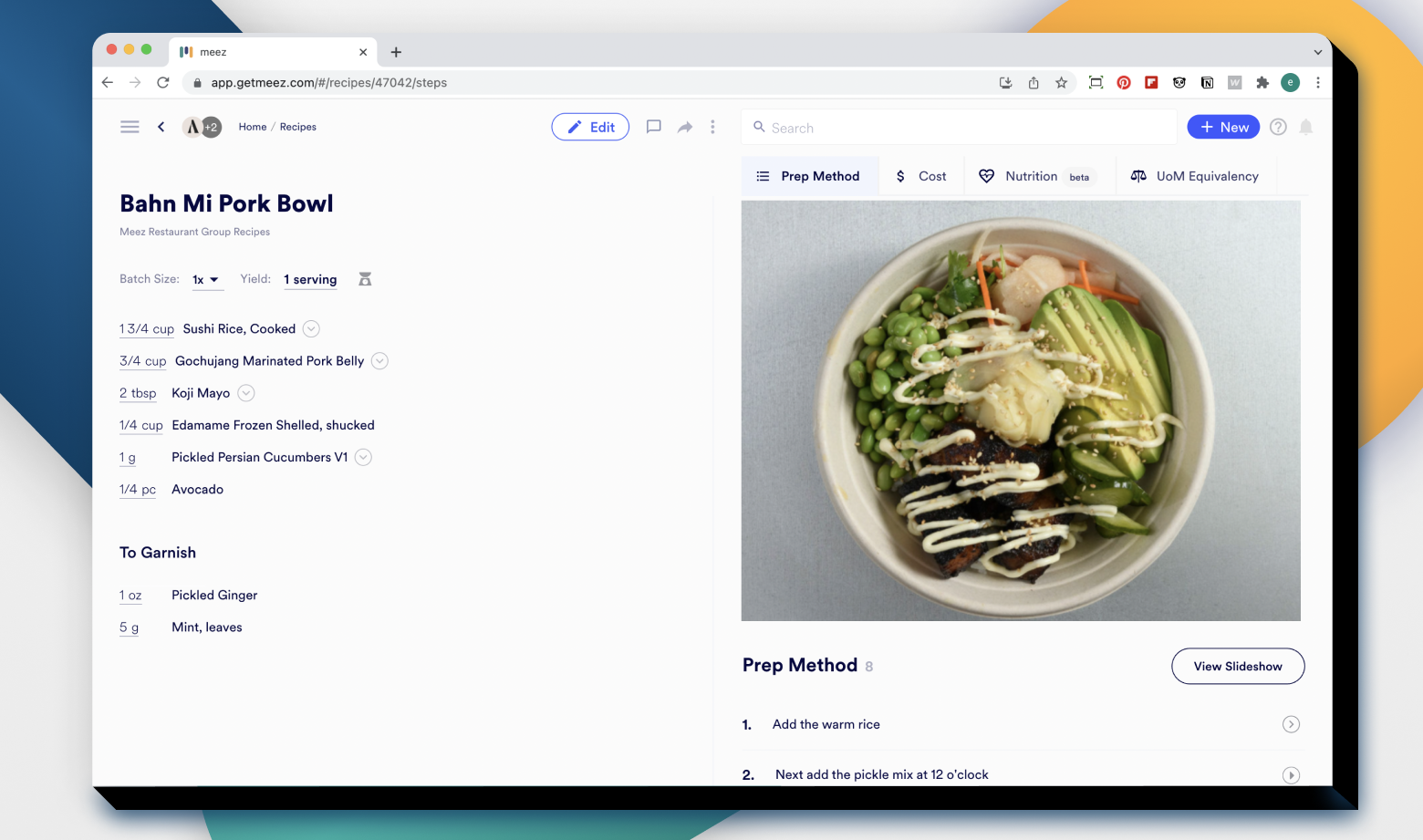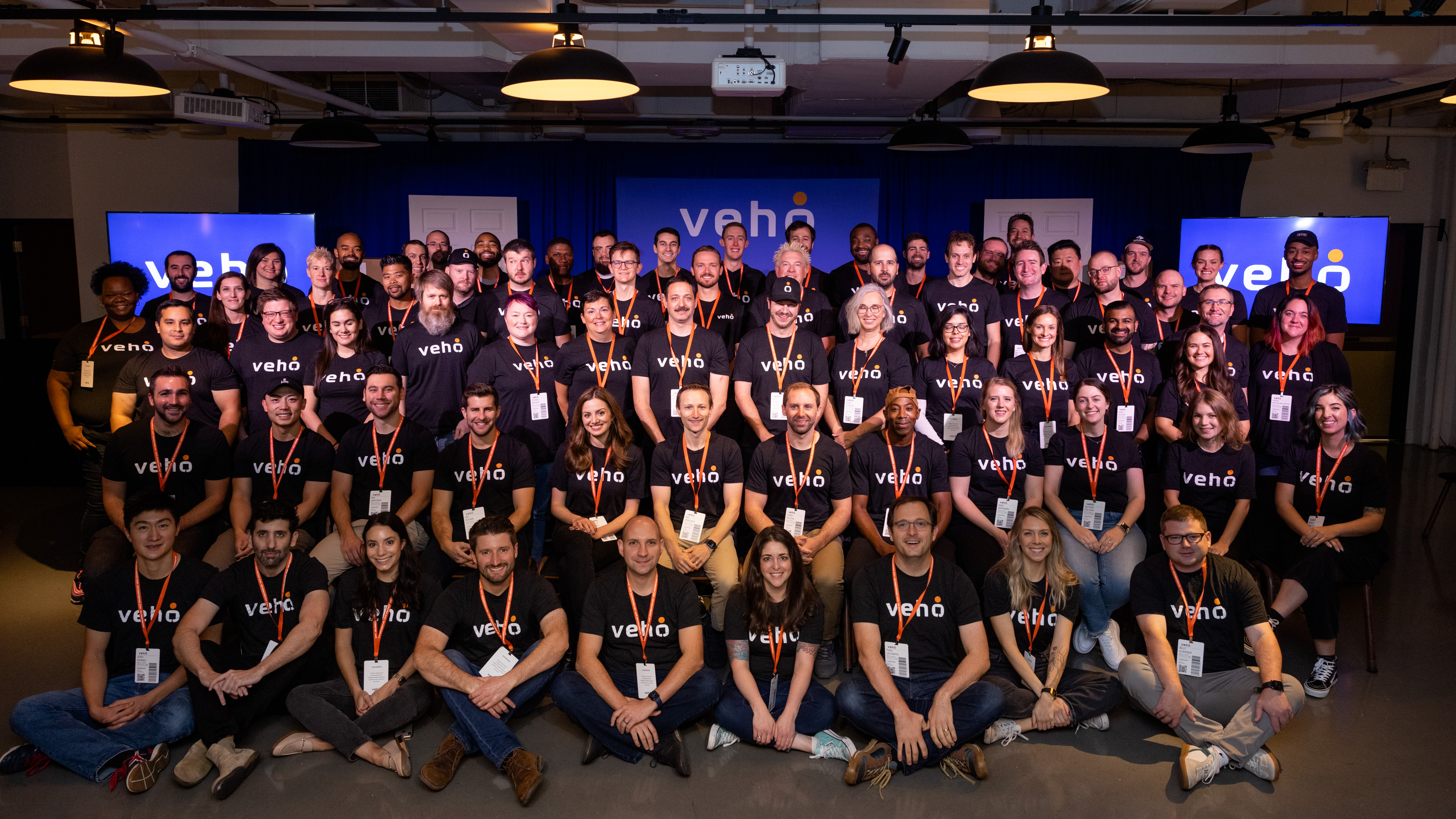Following nearly four years in the prototype phase, Cana Technology is unveiling what it calls the “world’s first molecular beverage printer” after securing $30 million in funding from venture foundry The Production Board.
If you’re wondering exactly what this might be, it’s basically a SodaStream meets a computer printer. The smart connected device is about the size of a toaster, sits on your kitchen counter and can produce an infinite variety of beverages, from juice to coffee to cocktails, by recombining it with water in your home, all from one “printer” cartridge, by using a touch screen.
Here’s where the “molecular” technology comes into play: Cana focused on identifying the basic set of ingredients, basically deconstructing beverages to figure out what makes it taste like a certain drink, Lance Kizer, Cana’s chief science officer, told TechCrunch.
Once you remove the water, there is a small volume of drink that you are actually consuming, around 5% to 10%, so Cana concentrated those ingredients and loaded them into a cartridge that can hold more than 100 different beverages. The company has partnered with certain brands for drinks and also created their own combinations.
“It is all of the same ingredients that you consume in drinks, so we are not recreating them,” Kizer said. “Quality is important, and we are focusing on making beverages in a novel way, and we have now created hundreds of them.”
Not only do you have hundreds of drinks at your fingertips, you also can customize them to your taste: add more sugar or less sugar, and for the alcoholic drinks, more or less alcohol. While learning about the device, I was able to try a few of the drinks — cold brew coffee, root beer and a black cherry mojito — and thought the flavors were more bold than their traditional counterparts and the overall taste had a smooth finish.
Each cartridge holds one to three months’ worth of beverages, and the device senses when the cartridge is low and automatically reorders. The cartridges are designed to be sent back for recycling, Kizer added
Cana’s goal is to rebuild the $2 trillion beverage industry while also saving waste from going into landfills and excessive water being used at the same time. CEO Matt Mahar explained that Cana’s prototype would save the typical American household roughly 100 beverage containers per month. At scale, Cana could reduce the use of plastic and glass containers, water waste and the CO2 emissions of the global beverage manufacturing complex by more than 80%.
The new funding is being heavily invested into the supply chain and continued technology development, Mahar said. The company currently has 35 employees, and he expects to double that this year.
Mahar said the company is still working on the device’s price point, but that it will be cheaper than retail prices per use. By the end of February, he expected to have full data on both pricing and when people will be able to begin purchasing the device.
Bharat Vasan, president and COO of The Production Board, said the venture foundry has invested in a number of companies in the food space, and says the Cana team was attractive due to their ambitious outlook on technology and the way they combined hardware, software and science in an entirely new way of making something.
To him, Cana’s device “feels like the Netflix of beverage experiences,” and the same concentration technology used for drinks could be used for a number of other products, like perfume and cosmetics.
“It’s about changing the way things are made and shipped out,” he said. “Distributed manufacturing is made in one place and then shipped out to retailers. Now there is a different system of delivery that is directly to your house that can bypass supply chain constraints. The beverage printer is one manifestation.”





